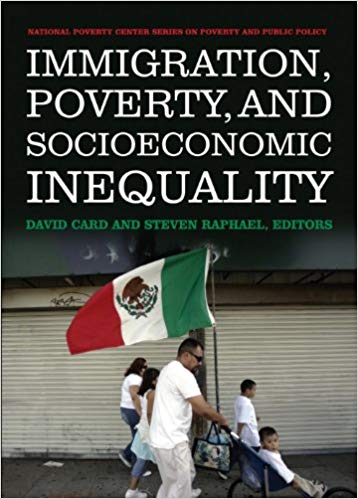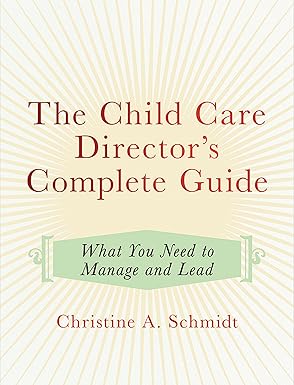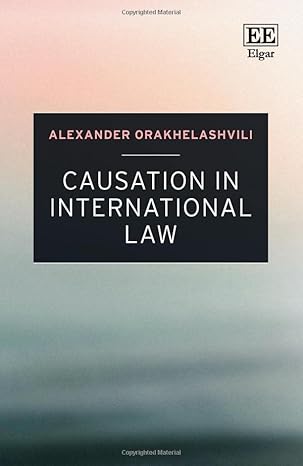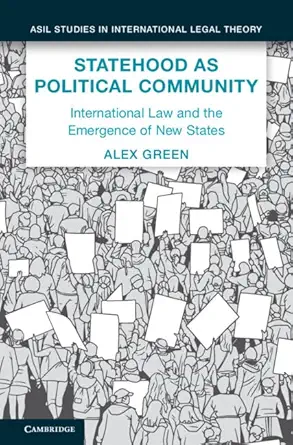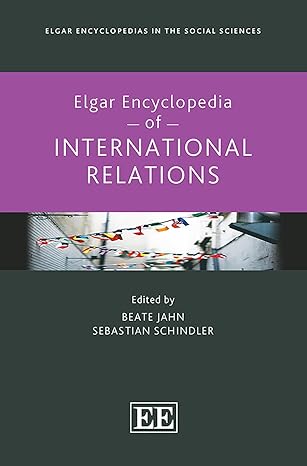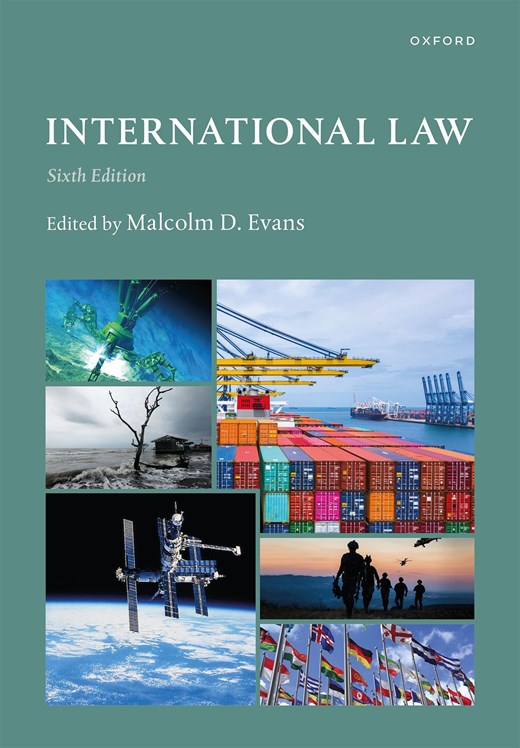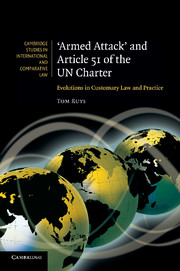The rapid rise in the proportion of foreign-born residents in the United States since the mid-1960s is one of the most important demographic events of the past fifty years. The increase in immigration, especially among the less-skilled and less-educated, has prompted fears that the newcomers may have depressed the wages and employment of the native-born, burdened state and local budgets, and slowed the U.S. economy as a whole. Would the poverty rate be lower in the absence of immigration? How does the undocumented status of an increasing segment of the foreign-born population impact wages in the United States? In Immigration, Poverty, and Socioeconomic Inequality, noted labor economists David Card and Steven Raphael and an interdisciplinary team of scholars provide a comprehensive assessment of the costs and benefits of the latest era of immigration to the United States Immigration, Poverty, and Socioeconomic Inequality rigorously explores shifts in population trends, labor market competition, and socioeconomic segregation to investigate how the recent rise in immigration affects economic disadvantage in the United States. Giovanni Peri analyzes the changing skill composition of immigrants to the United States over the past two decades to assess their impact on the labor market outcomes of native-born workers. Despite concerns over labor market competition, he shows that the overall effect has been benign for most native groups. Moreover, immigration appears to have had negligible impacts on native poverty rates. Ethan Lewis examines whether differences in English proficiency explain this lack of competition between immigrant and native-born workers. He finds that parallel Spanish-speaking labor markets emerge in areas where Spanish speakers are sufficiently numerous, thereby limiting the impact of immigration on the wages of native-born residents. While the increase in the number of immigrants may not necessarily hurt the job prospects of native-born workers, low-skilled migration appears to suppress the wages of immigrants themselves. Michael Stoll shows that linguistic isolation and residential crowding in specific metropolitan areas has contributed to high poverty rates among immigrants. Have these economic disadvantages among low-skilled immigrants increased their dependence on the U.S. social safety net? Marianne Bitler and Hilary Hoynes analyze the consequences of welfare reform, which limited eligibility for major cash assistance programs. Their analysis documents sizable declines in program participation for foreign-born families since the 1990s and suggests that the safety net has become less effective in lowering child poverty among immigrant households. As the debate over immigration reform reemerges on the national agenda, Immigration, Poverty, and Socioeconomic Inequality provides a timely and authoritative review of the immigrant experience in the United States. With its wealth of data and intriguing hypotheses, the volume is an essential addition to the field of immigration studies. A Volume in the National Poverty Center Series on Poverty and Public Policy
چکیده فارسی
افزایش سریع نسبت ساکنان خارجی متولد شده در ایالات متحده از اواسط دهه 1960 یکی از مهمترین رویدادهای جمعیتی پنجاه سال گذشته است. افزایش مهاجرت، به ویژه در میان افراد با مهارت و تحصیلات کمتر، این نگرانی را ایجاد کرده است که تازه واردها ممکن است دستمزدها و اشتغال بومیها را کاهش داده باشند، بودجه ایالتی و محلی را تحت فشار قرار داده و اقتصاد ایالات متحده را در کل کند کرده باشند. آیا در صورت نبود مهاجرت، نرخ فقر کمتر خواهد بود؟ وضعیت غیرقانونی بخش فزاینده ای از جمعیت متولد خارج چگونه بر دستمزدها در ایالات متحده تأثیر می گذارد؟ دیوید کارت و استیون رافائل، اقتصاددانان کار و یک تیم بین رشته ای از محققان، در کتاب مهاجرت، فقر و نابرابری اجتماعی-اقتصادی، ارزیابی جامعی از هزینه ها و مزایای آخرین دوره مهاجرت به ایالات متحده ارائه می دهند. مهاجرت، فقر، و نابرابری های اجتماعی-اقتصادی تغییرات در روند جمعیت، رقابت در بازار کار، و تفکیک اجتماعی-اقتصادی را بررسی می کند تا بررسی کند که چگونه افزایش اخیر مهاجرت بر ضرر اقتصادی در ایالات متحده تأثیر می گذارد. جیووانی پری تغییر ترکیب مهارت مهاجران به ایالات متحده را در دو دهه گذشته تجزیه و تحلیل می کند تا تأثیر آنها بر نتایج بازار کار کارگران بومی را ارزیابی کند. علیرغم نگرانی ها در مورد رقابت در بازار کار، او نشان می دهد که اثر کلی برای اکثر گروه های بومی خوش خیم بوده است. علاوه بر این، به نظر می رسد مهاجرت تأثیرات ناچیزی بر نرخ فقر بومی داشته است. اتان لوئیس بررسی می کند که آیا تفاوت در مهارت انگلیسی این عدم رقابت بین کارگران مهاجر و بومی را توضیح می دهد یا خیر. او متوجه می شود که بازارهای کار موازی اسپانیایی زبان در مناطقی که اسپانیایی زبانان به اندازه کافی زیاد هستند، پدیدار می شود و در نتیجه تأثیر مهاجرت بر دستمزد ساکنان بومی را محدود می کند. در حالی که افزایش تعداد مهاجران ممکن است لزوماً به چشمانداز شغلی کارگران بومی لطمه نزند، به نظر میرسد مهاجرت با مهارت پایین دستمزد خود مهاجران را سرکوب میکند. مایکل استول نشان می دهد که انزوای زبانی و ازدحام مسکونی در مناطق شهری خاص به نرخ بالای فقر در میان مهاجران کمک کرده است. آیا این مضرات اقتصادی در میان مهاجران کم مهارت وابستگی آنها را به شبکه امنیت اجتماعی ایالات متحده افزایش داده است؟ ماریان بیتلر و هیلاری هوینز پیامدهای اصلاحات رفاهی را تحلیل میکنند که واجد شرایط بودن را برای برنامههای عمده کمک نقدی محدود میکند. تجزیه و تحلیل آنها کاهش قابل توجهی را در مشارکت در برنامه خانواده های متولد خارج از دهه 1990 نشان می دهد و نشان می دهد که شبکه ایمنی در کاهش فقر کودکان در میان خانواده های مهاجر کمتر موثر بوده است. همانطور که بحث در مورد اصلاحات مهاجرتی دوباره در دستور کار ملی مطرح می شود، مهاجرت، فقر و نابرابری اجتماعی-اقتصادی بررسی به موقع و معتبری از تجربه مهاجران در ایالات متحده ارائه می دهد. این حجم با انبوهی از داده ها و فرضیه های جذاب، یک مکمل ضروری برای زمینه مطالعات مهاجرت است. جلدی از مجموعه مرکز ملی فقر در مورد فقر و سیاست عمومی
ادامه ...
بستن ...
Ebook details:
عنوان: Immigration, Poverty, and Socioeconomic Inequality (National Poverty Center Series on Poverty and Public Policy)
نویسنده: David Card, Steven Raphael
ناشر: Russell Sage Foundation (July 31, 2013)
زبان: English
شابک: 0871544989, 978-0871544988
حجم: 8 Mb
فرمت: True Pdf
ادامه ...
بستن ...
